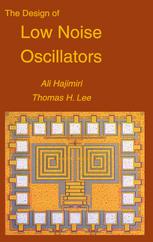

Most ebook files are in PDF format, so you can easily read them using various software such as Foxit Reader or directly on the Google Chrome browser.
Some ebook files are released by publishers in other formats such as .awz, .mobi, .epub, .fb2, etc. You may need to install specific software to read these formats on mobile/PC, such as Calibre.
Please read the tutorial at this link: https://ebookbell.com/faq
We offer FREE conversion to the popular formats you request; however, this may take some time. Therefore, right after payment, please email us, and we will try to provide the service as quickly as possible.
For some exceptional file formats or broken links (if any), please refrain from opening any disputes. Instead, email us first, and we will try to assist within a maximum of 6 hours.
EbookBell Team

4.1
60 reviewsIt is hardly a revelation to note that wireless and mobile communications have grown tremendously during the last few years. This growth has placed stringent requirements on channel spacing and, by implication, on the phase noise of oscillators. Compounding the challenge has been a recent drive toward implementations of transceivers in CMOS, whose inferior 1/f noise performance has usually been thought to disqualify it from use in all but the lowest-performance oscillators. Low noise oscillators are also highly desired in the digital world, of course. The continued drive toward higher clock frequencies translates into a demand for ever decreasing jitter. Clearly, there is a need for a deep understanding of the fundamental mechanisms generating the process by which device, substrate, and supply noise turn into jitter and phase noise. Existing models generally offer only qualitative insights, however, and it has not always been clear why they are not quantitatively correct.